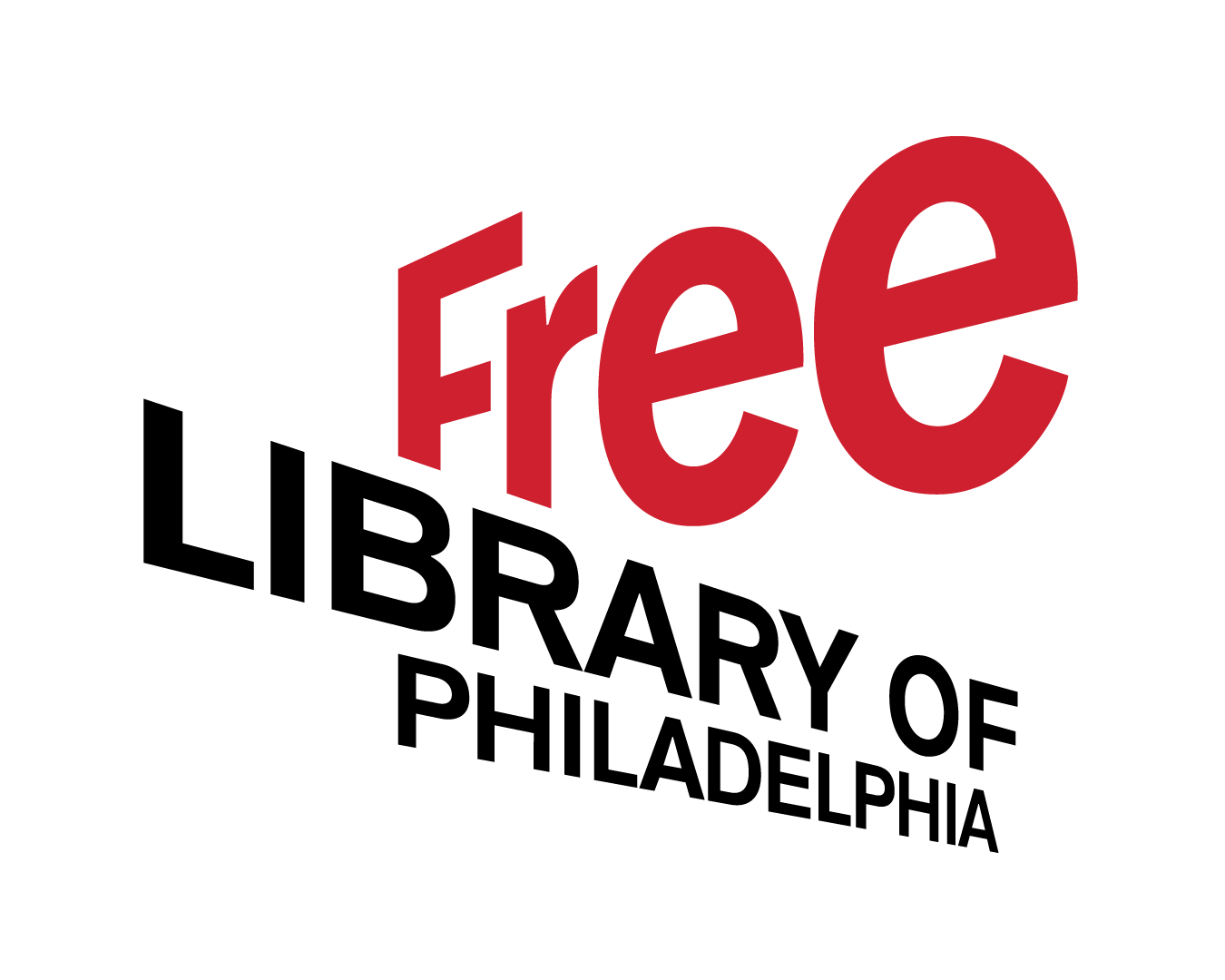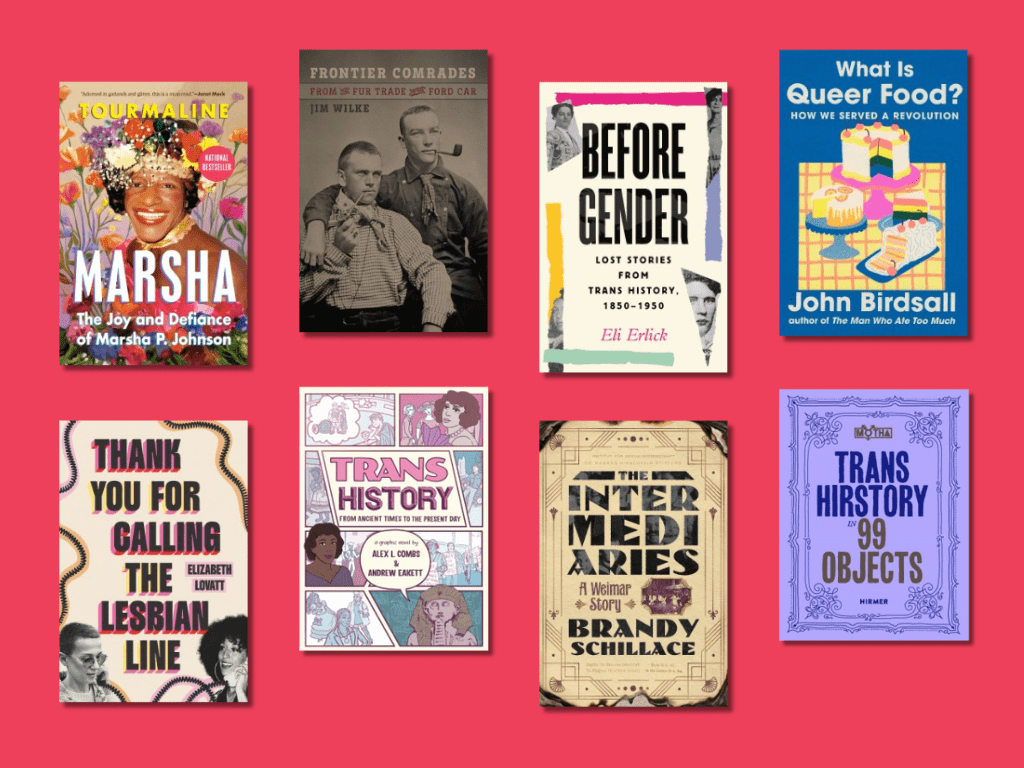October is LGBTQ+ History Month. These historians show that gender and sexual diversity have always been a part of the fabric of humanity.
For many, LGBTQ+ history begins in 1970, when seemingly all the gay and transgender people appeared in our realm from another dimension. With the increased acceptance of LGBTQ+ people in society, we now have LGBTQ+ historians who can research the history of gender and sexual diversity, sharing with us previously untold stories that hold more relevance today than ever.
The Intermediaries: A Weimar Story by Brandy Schillace (2025)
In 1919, Dr. Magnus Hirschfeld founded the Institute for Sexual Science in Berlin, Weimar Republic. Jewish and gay himself, Hirschfeld's institute became the world's center of gay and transgender science and social betterment. The institute aided in the first gender-affirming surgeries and hormone replacements, acting as a rebellious base of operations in the face of rising prejudice, nationalism, and Nazi propaganda. In the end, the Nazis destroyed the Institute and burned all its research. But what of the years in the middle? These are the newly recovered stories of the Institute for Sexual Science, its community, the people they helped, and how anti-diversity book censorship set science back by over a decade. This is an emotionally moving and deeply human read.
What is Queer Food? How We Served A Revolution by John Birdsall (2025)
The food on our plates has long been designed, twisted, and elevated by queer hands. Piecing together a dazzling mosaic of queer lives, spaces, and meals, beloved food writer John Birdsall unfolds the complex story of how, through times of fear and persecution, queer people used food to express joy and build community — and ended up changing the shape of the table for everyone. This is not so much about the food itself, but rather how food has been a central part of queer community-building, and the lost stories of queer ancestors in the culinary world.
Trans History: From Ancient Times to the Present Day by Alex L. Combs and Andrew Eakett (2025)
Comb and Eakett demonstrate that diversity in human sex and gender is not a modern phenomenon, through illustrated stories and records that introduce historical figures ranging from the controversial Roman emperor Elagabalus to the swashbuckling 17th-century conquistador Antonio de Erauso to veterans of the Stonewall uprising, Marsha P. Johnson and Sylvia Rivera. In addition to individual profiles, the book explores some of the societal roles played by trans people beginning in ancient times and shows how European ideas about gender were spread across the globe and reinforced as natural by colonial “Sexologists.” This is accessible, readable, and suitable for teens and adults alike.
Frontier Comrades: From the Fur Trade to the Ford Car by Jim Wilke (2025)
Frontier Comrades examines six accounts of lesbian, gay, bisexual, and transgender lives on the frontier of the American West. Jim Wilke provides the first comprehensive accounts of figures such as transgender stage driver Charley Parkhurst; transgender Seventh Cavalry laundress Mrs. Noonan (also known as Mrs. Nash); and the extraordinary Clara Dietrich and Ora Chatfield, known by the contemporary press as "lady lovers." Thoroughly researched and detailed, Wilke reconstructs lost queer stories of pre-Stonewall America.
Before Gender: Lost Stories From Trans History, 1850–1950 by Eli Erlick (2025)
Before Gender tells stories of people in trans history whose stories were “lost” or left out of the narratives we thought we understood. This new assessment of several historical figures sheds new light on how we understand ways of trans living before our current era, and shows how ordinary and extraordinary these people were. Organized in loose categories (“The Kids,” “The Activists,” “the Workers,” “the Athletes,”) this book features girl bandits, freed women, a matador, and a countess — all representing newly told stories in trans history.
Thank You for Calling the Lesbian Line by Elizabeth Lovatt (2025)
It’s the 1990s in London, and the Lesbian Line is the telephone hotline for women looking for information, community, events, advice, and love. The author recreates the callers to this information line while telling her own story — a kind of personal lesbian history, intertwined with the stories from the Line — an exploration of what those calls represented then, and what we can learn from them now, almost 40 queer years later.
Marsha: The Joy and Defiance of Marsha P. Johnson by Tourmaline (2025)
Often mythologized as “the woman who threw the first brick at Stonewall,” Marsha P. Johnson has become canonized as a saint of LGBTQ history — with little attention to the fullness of her life or the brutality of her unsolved death. Tourmaline takes on the charge of writing the most in-depth and humanizing biography of Marsha P. Johnson, with every complexity and detail. Marsha P. Johnson did more than throw a brick at the protest that sparked a cultural revolution; her activism extended beyond Stonewall. She was a performer, she was a hustler, she organized and provided care for her community during the HIV pandemic, and then she died mysteriously in a possible homicide, far too young. This is the definitive history of the “Mother of LGBTQ Liberation.”
Trans Hirstory in 99 Objects by the Museum of Transgender Hirstory and Art (2024)
Trans Hirstory in 99 Objects was an archival and art exhibition by artist Chris Vargas, now collected for posterity in this creative history book — using the artifacts and artwork of LGBTQ+ people across time to tell the lasting stories of transgender and gender non-conforming people. Most objects are from 1935 onwards, but a few date as far back as the 17th century and even the 6th century BCE.
For Young Readers:
Are You A Friend of Dorothy? The True Story of an Imaginary Woman and the Real People She Helped by Kyle Lukoff and illustrated by Levi Hastings (2025)
This picture book is short and to the point while capturing an important moment in history with gentleness and compassion. “Friends of Dorothy” is one of the coded phrases used by people to find other members of the LGBTQ+ community when it was less safe to be out than it is today. But did you know that the US military thought this “Dorothy” was a real person, maybe a master spy, and went looking for her? After detailing this story, the book jumps forward to some of the struggles the LGBTQ+ community faces today and aptly notes, "learning about ways we survived in the past could help people in the future."
More Resources:
- The John J. Wilcox Jr. Archives at the William Way Community Center is Philadelphia’s local archive of LGBTQ+ history. At the time of writing, the archives are closed for renovations, but the online collections are still accessible.
- The Sexual Minorities Archive in Holyoke, Massachusetts, is the oldest LGBTQ+ archive in the United States, and has many digital collections available.
- OURfest is PhillyPride365’s annual celebration of National Coming Out Day and LGBTQ History Month.
- Institute for Sexual Science is an online exhibit from the Magnus Hirschfeld Society of Berlin.
- When Books Burn is an archived multimedia exhibit from the University of Arizona.
Have a question for Free Library staff? Please submit it to our Ask a Librarian page and receive a response within two business days.










